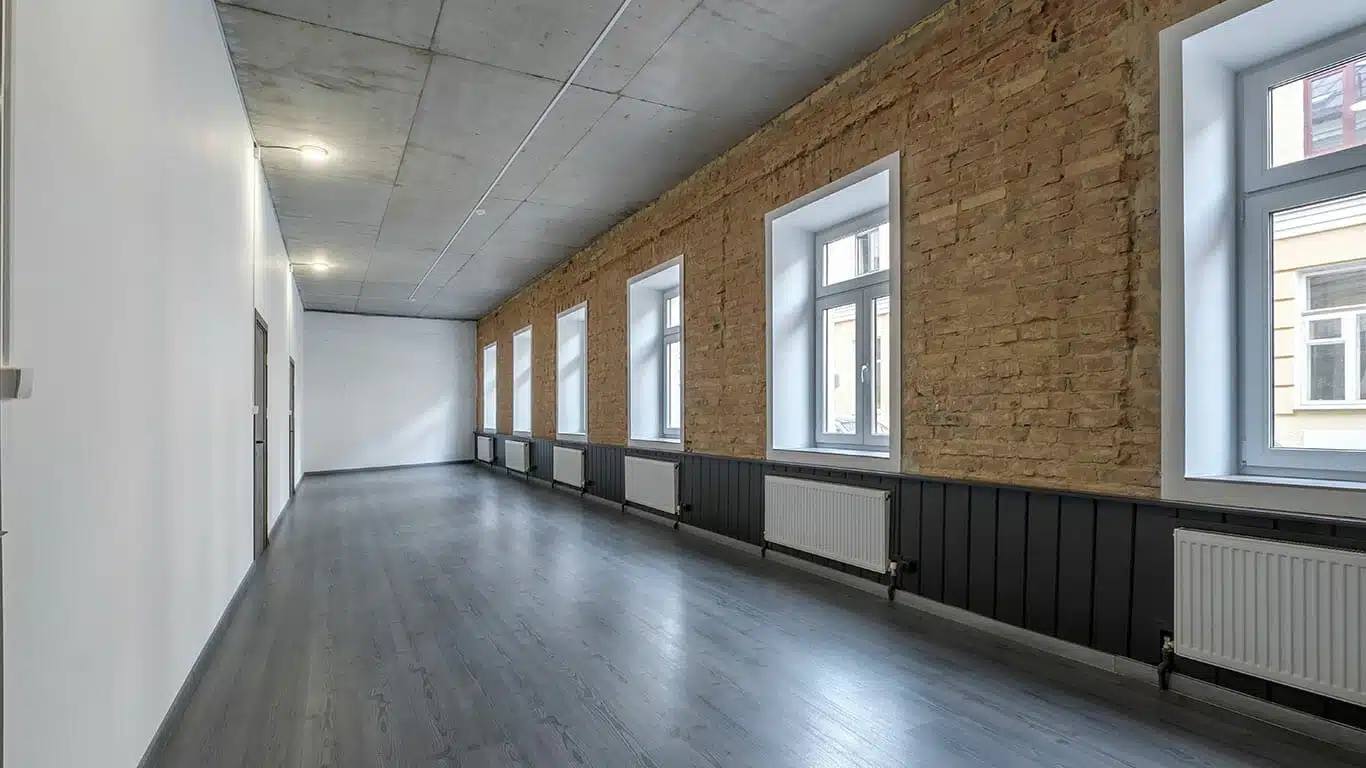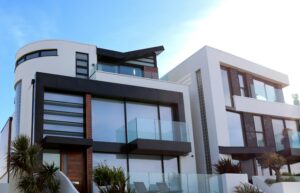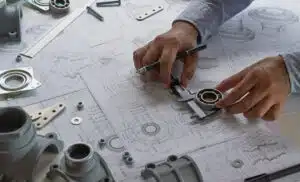For companies that lease commercial real estate, leasehold improvements are often essential to make the space functional for their business. These improvements can include everything from demolition and construction to installing fixtures and finishes.
While vital operationally, leasehold improvements also offer a major tax advantage: depreciation deductions. In this blog post, we’ll take an in-depth look at qualifying leasehold improvements, depreciation schedules, recent tax law changes and strategies to optimize depreciation tax benefits.

What Qualifies as a Leasehold Improvement?
Leasehold improvements are defined as upgrades or alterations made to a leased commercial property in order to suit the needs of the tenant. Common examples of qualifying leasehold improvements include:
- Demolition: removing any existing walls, floors, ceilings, etc.
- Construction: building new walls, conference rooms, lobbies, atriums, skylights or similar structural improvements
- Partitions: adding, removing or relocating walls to customize floorplan layouts
- Doors and windows: installing or replacing doors, door frames, windows or window frames
- Flooring: installing or replacing floor coverings like carpeting, wood, tile or concrete
- Ceilings: creating dropped/suspended ceilings, soffits or other ceiling modifications
- Cabinets and countertops: installing custom cabinetry, shelving, counters or other built-ins
- Lighting: upgrading light fixtures, lamps, ballasts or wiring
- Plumbing: installing or improving plumbing features such as sinks, toilets or water fountains
- Electrical: making upgrades to add more outlets, panels, wiring or conduit to meet tenant needs
- Security: installing alarm systems, surveillance cameras, access control systems and related infrastructure
- Telecom: upgrading phone/data lines, networks, audiovisual systems, etc.
- HVAC: making modifications to existing heating, ventilation and air conditioning systems
- Fire protection: installing or upgrading sprinklers, fire alarms, emergency lighting systems and related infrastructure
The key factor in determining if an improvement qualifies is whether or not it customizes the space for the lessee (versus simply preserving the landlord's asset). Cosmetic improvements that benefit the tenant are typically considered leasehold improvements.
The Power of Depreciation Deductions
The major tax advantage of leasehold improvements is the ability to deduct costs over time through depreciation. Depreciation allows a portion of your investment in the improvements to be written off annually on taxes. This portion is dependent on the recovery period designated by the IRS, which is based on the expected useful lifespan of assets.
For leasehold improvements placed in service after 2017, the Tax Cuts and Jobs Act established a recovery period of 15 years under the General Depreciation System (GDS). Under the Alternative Depreciation System (ADS), the recovery period is 20 years. This classifies leasehold improvements as Qualified Improvement Property (QIP).
QIP is also eligible for 80% bonus depreciation in 2023, allowing a majority of the cost to be deducted in the first year up to a set limit. This accelerates depreciation and provides substantial tax savings.
Clarifying Past Confusion: TCJA Changes
In the past, IRS statutes did not clearly define leasehold improvements as their own property class. This caused confusion around which recovery periods to use. The 2017 Tax Cuts and Jobs Act sought to resolve this by introducing QIP as a defined 15-year property under GDS.
However, errors in the drafting of the TCJA initially led to 39-year recovery periods for QIP. This prevented eligibility for bonus depreciation, eliminating the intended tax benefits. In 2020, corrective legislation was passed to retroactively assign appropriate 15- and 20-year recovery periods to QIP.
Businesses that incurred costs for qualifying leasehold improvements after 2017 can file amended returns to claim bonus depreciation and catch up on missed depreciation deductions. Consulting a tax professional can help determine eligibility and proper application of the updated QIP rules.
Strategies to Maximize Savings
To maximize depreciation tax savings, businesses should consider the following strategies:
- Conduct a cost segregation study—Have an in-depth engineering analysis done to identify assets within leasehold improvements that can be reclassified into five-, seven- or 15-year property classes.
- Group improvements—To qualify for bonus depreciation, group leasehold improvements made over several years into one tax year. This allows you to deduct the full 80% at once.
- Monitor thresholds—Bonus depreciation is limited to a maximum deduction each year, so you should monitor thresholds in order to group improvements strategically over years.
- Take advantage of catch-up deductions—File amended returns going back to improvements made after 2017 to recapture missed depreciation under corrected QIP rules.
The tax treatment of leasehold improvements is complex, but it can provide substantial savings if navigated correctly. Seeking expert guidance is key to optimizing depreciation through cost segregation, properly applying recent tax code changes and claiming all eligible deductions.
That’s where Engineered Tax Services (ETS) steps in. Our engineers and tax experts have a wealth of experience in the realm of real estate investment taxes. We’re passionate about helping investors take full advantage of all the tax incentives and strategies available to them. Reach out to us today to learn more about what we can do for you.



